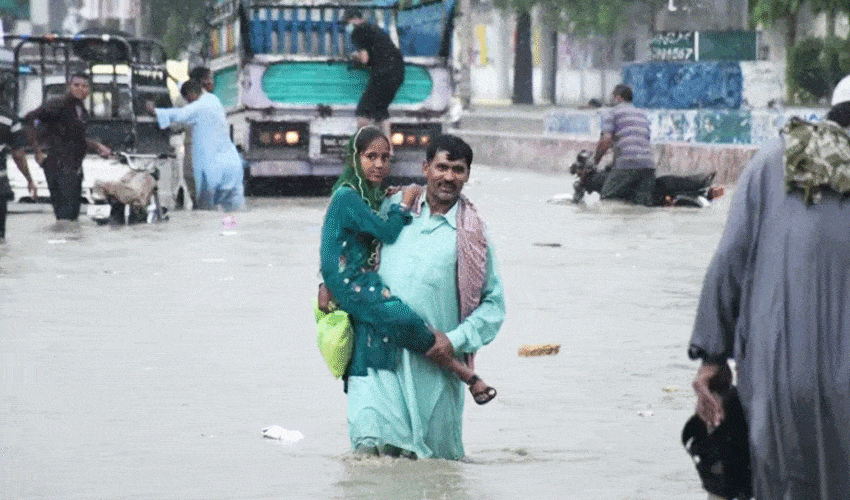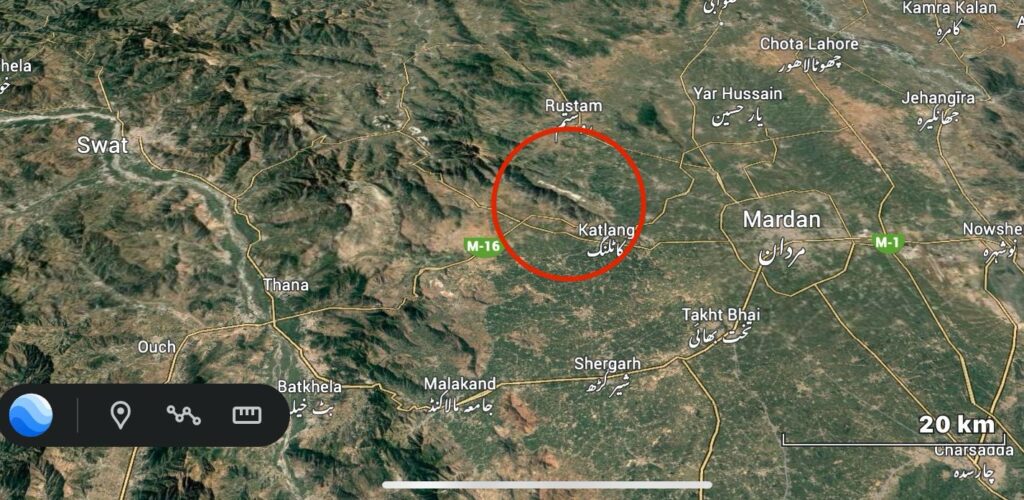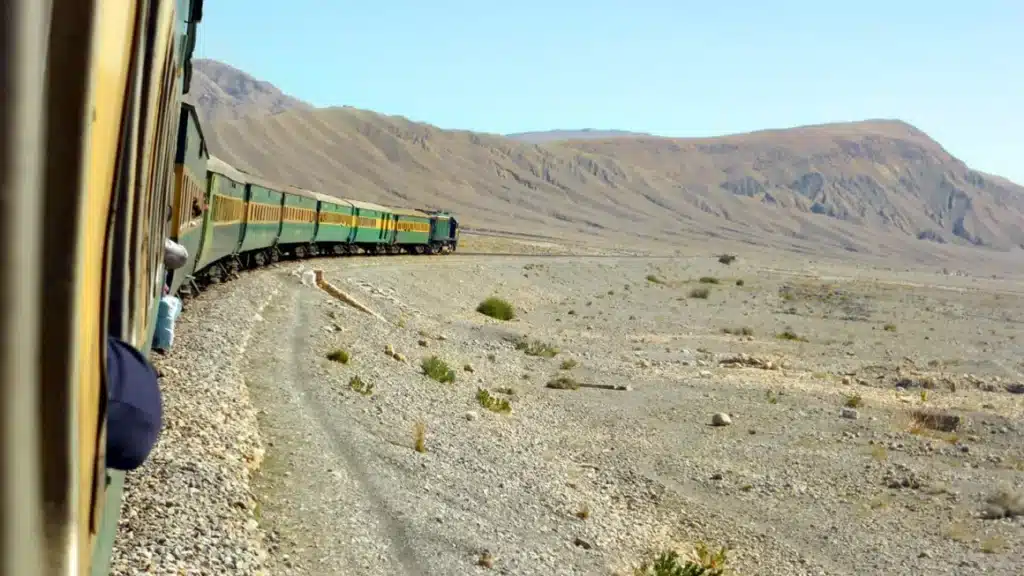ISLAMABAD: At least 90 people have died and 158 others have sustained injuries across Pakistan since June 26 due to intense monsoon rains and flash floods, officials confirmed on Saturday.
The current monsoon spell, which experts attribute to rapid environmental changes and unregulated urbanisation, is expected to persist well into August.
Irfan Virk, Deputy Director at the Pakistan Meteorological Department, explained that rising temperatures, expanding urban heat islands, and shifts in local weather dynamics are driving the unusually heavy rainfall.
“As cities expand, concrete surfaces increase while tree cover shrinks,” Virk said. “This raises temperatures. When high humidity meets cold air under such conditions, it produces more intense rainfall.”
The Meteorological Department has forecast continued rainfall in large parts of the country until at least July 17. Khyber Pakhtunkhwa, Kashmir, upper and central Punjab, and northeastern Balochistan are expected to receive significant rain. The monsoon activity is likely to continue into August, with cloudy weather prevailing across many regions.
NDMA issues flood alert for South Punjab
The National Disaster Management Authority (NDMA) has issued a flood alert for several districts in South Punjab and warned residents about possible flash floods.
An NDMA spokesperson identified areas including Bela, Multan, Muzaffargarh, Zahirpir, Mithankot, Rajanpur, Liaquatpur, Khanpur, and Alipur as vulnerable to flash flooding due to ongoing heavy rainfall. Torrential downpours have also hit Ahmedpur Sharqia, Jalalpur Peerwala, Dera Ghazi Khan, and Bahawalpur divisions.
Nisab station in Muzaffargarh recorded the highest rainfall so far at 40mm. The department also expects windstorms and rain to continue in the Bahawalpur division, Multan, and parts of Cholistan.
The NDMA has urged the public to avoid riverbanks and low-lying areas and to seek shelter in safer locations to minimize risks from strong winds and lightning.
Environmental impact
Experts have directly linked the intensifying rains to the effects of climate change. They point to the urban heat island effect—caused by concrete expansion and shrinking green spaces—as a major contributor to changing weather patterns.
“Villages and smaller towns, where natural vegetation still exists, experience less impact,” Virk added. “But major cities, which have replaced greenery with concrete, have altered their local climates significantly. This leads to more heat and heavier rainfall during monsoon seasons.”





